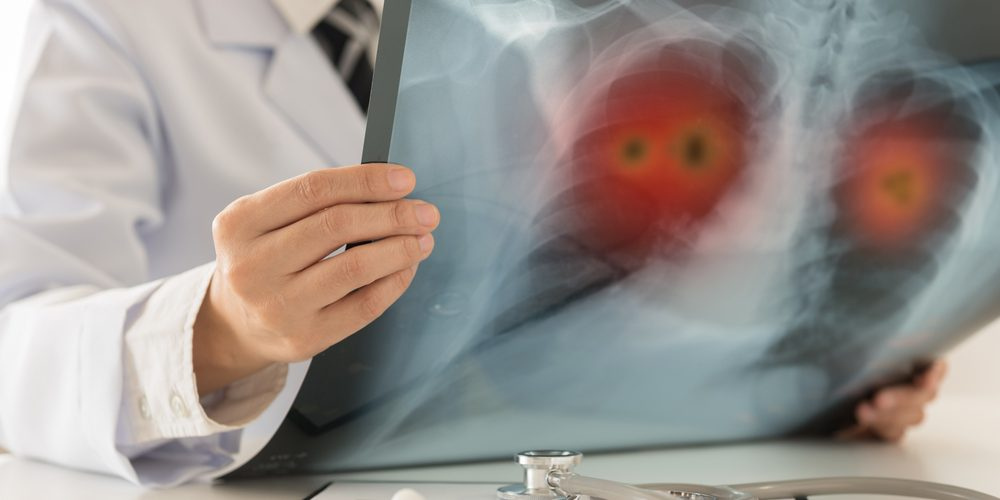
Work-related lung or respiratory diseases covers a wide range of illnesses. They are caused or worsened by the inhalation of hazardous substances that damage the lungs such as dusts, fumes and gases. Of these diseases, the most prevalent are chronic obstructive pulmonary disease (COPD), asthma and silicosis.
Overall, there are approximately 12,000 workers that die from lung diseases each year, mainly caused by inhaling dust, gasses, vapours and fumes within their workplace. This number is 12,000 deaths too many each year! On top of this, there are an estimated 18,000 new cases annually of lung-related illnesses. This results in 400,000 lost working days within the UK each year. Furthermore, there are around 35,000 people working in the last year who currently have breathing or lung problems, with the belief that they were caused or worsened by work.
There are a number of high-risk areas which are most likely to cause workers to develop long-term lung diseases. These are:
- Construction (cutting, drilling and sanding)
- Welding
- Stonework
- Cement and concrete manufacturing
- Woodworking
- Baking and milling
- Quarry work
Employers have a responsibility to ensure the standards of working conditions for their employees are safe and in line with current health and safety regulations. They must ensure that alternative processes can be implemented, less hazardous materials may be available, there is effective ventilation in areas where potentially health-threatening materials are in use effective dust extraction techniques where applicable and that protective equipment may be readily available, but ideally as a last resort only.
The effects of exposure to the hazardous substances not only include long-term health issues, but also terminal diseases. Health and Safety Executive (HSE) statistics show the breakdown of annual deaths caused by lung-related diseases:
- Asbestos related Lung Cancer – 20%
- Mesothelioma – 20%
- Non-asbestos related Lung Cancer – 23%
- Chronic Obstructive Pulmonary Disease (COPD) – 33%
- Other – 5%
Occupational Health Surveillance should be used to monitor the health of employees when workers remain exposed to health risks after you have put control measures in place. This may be because control measures may not always be reliable. It provides feedback about actions you may need to take to prevent further harm and protect your workers.
Lung function tests would be used by Occupational Health professionals to measure and monitor over time any changes in lung function performance.
Get the tools you need to protect your workforce. Download our free ‘Working with Silica’ Toolbox Talk today and take a vital step towards safer working conditions.
Silica in Stoneworking Toolbox Talk